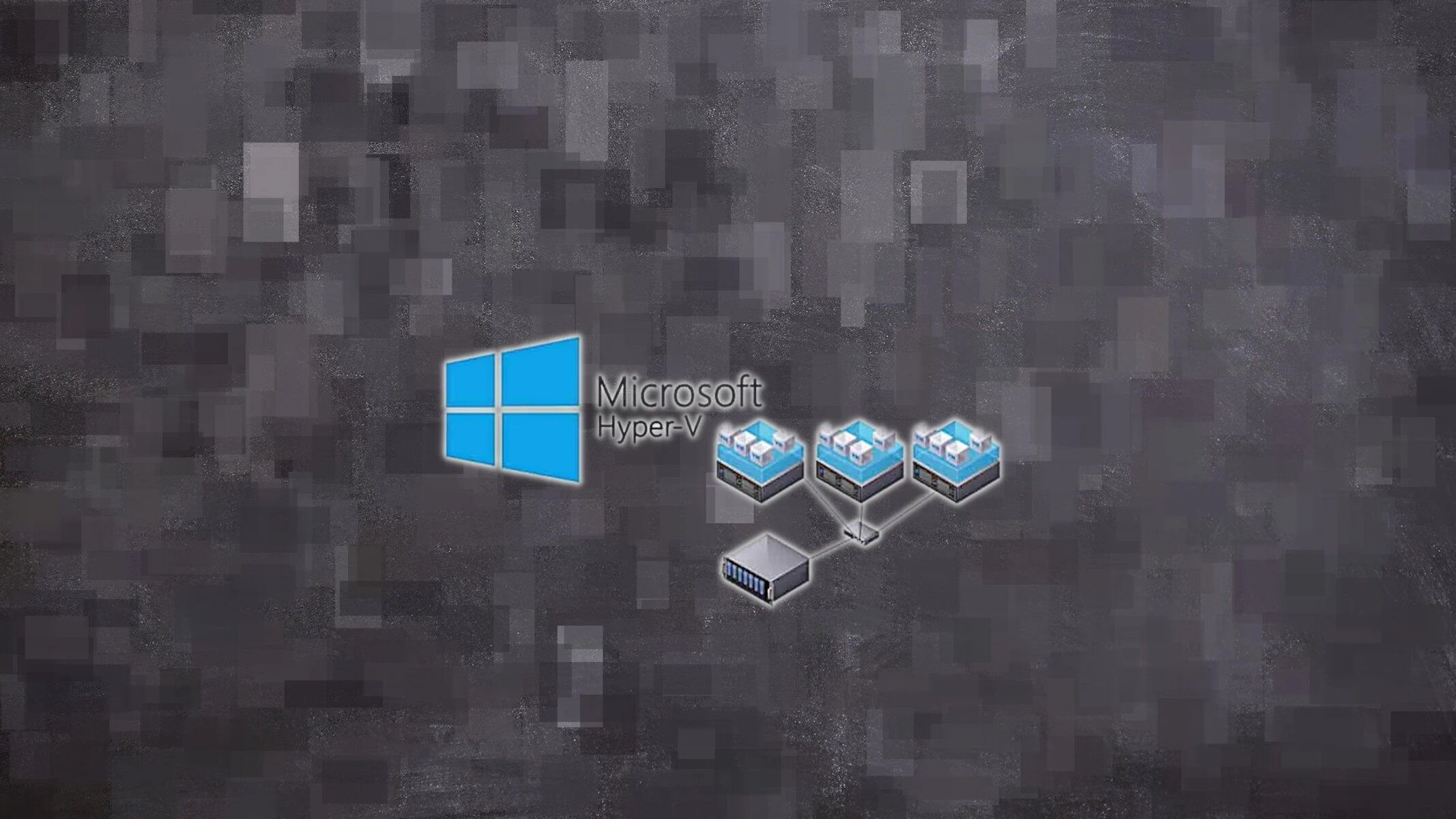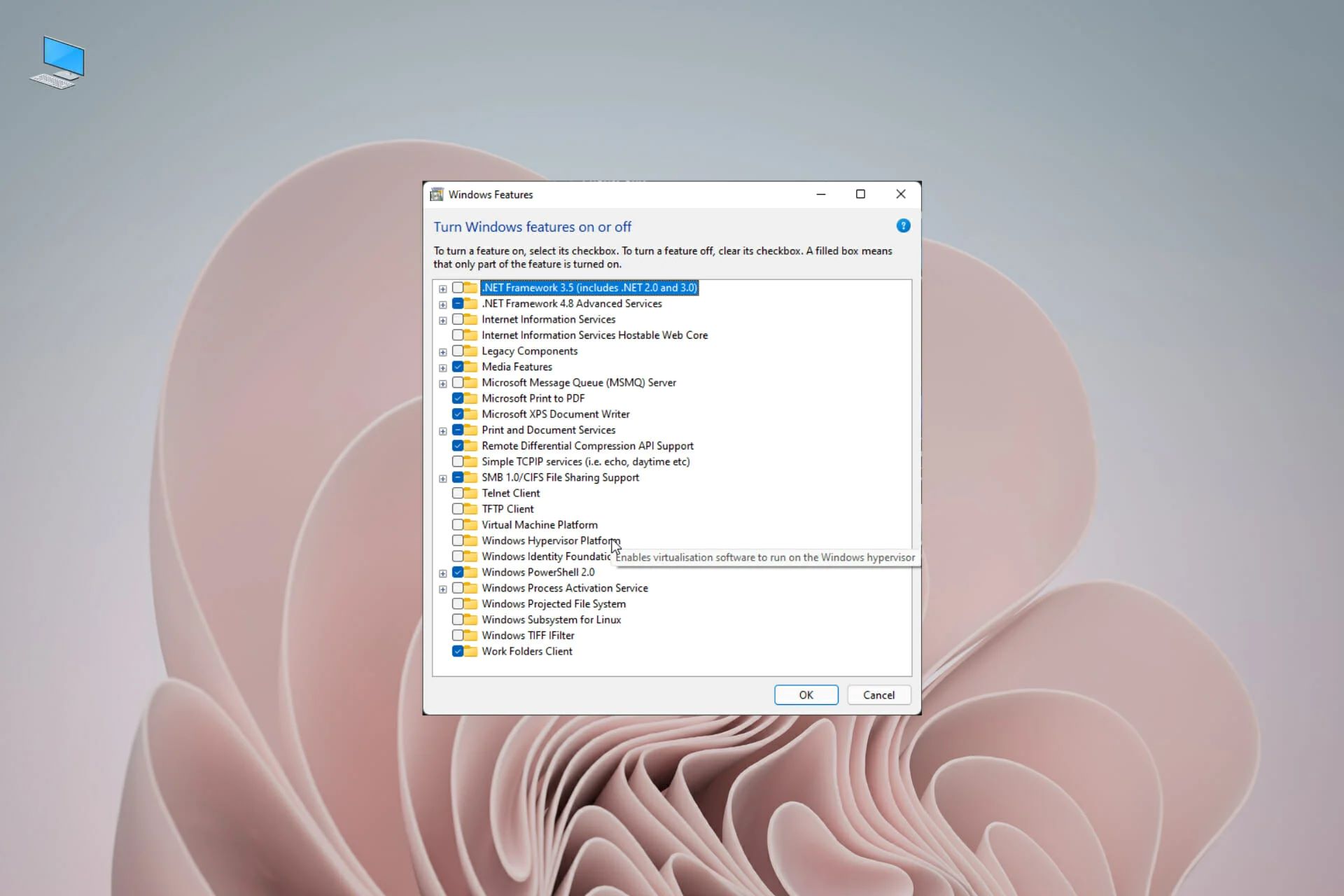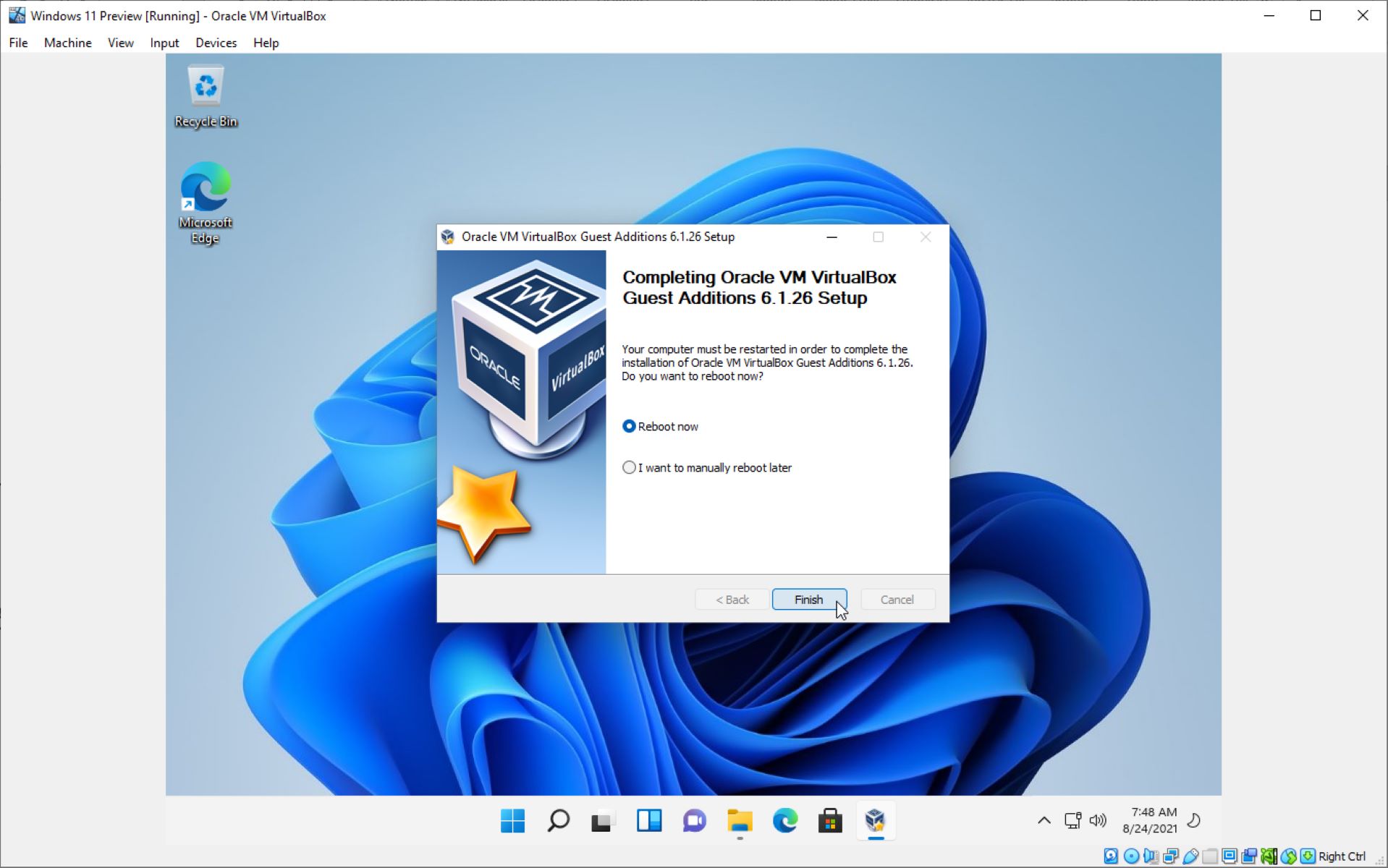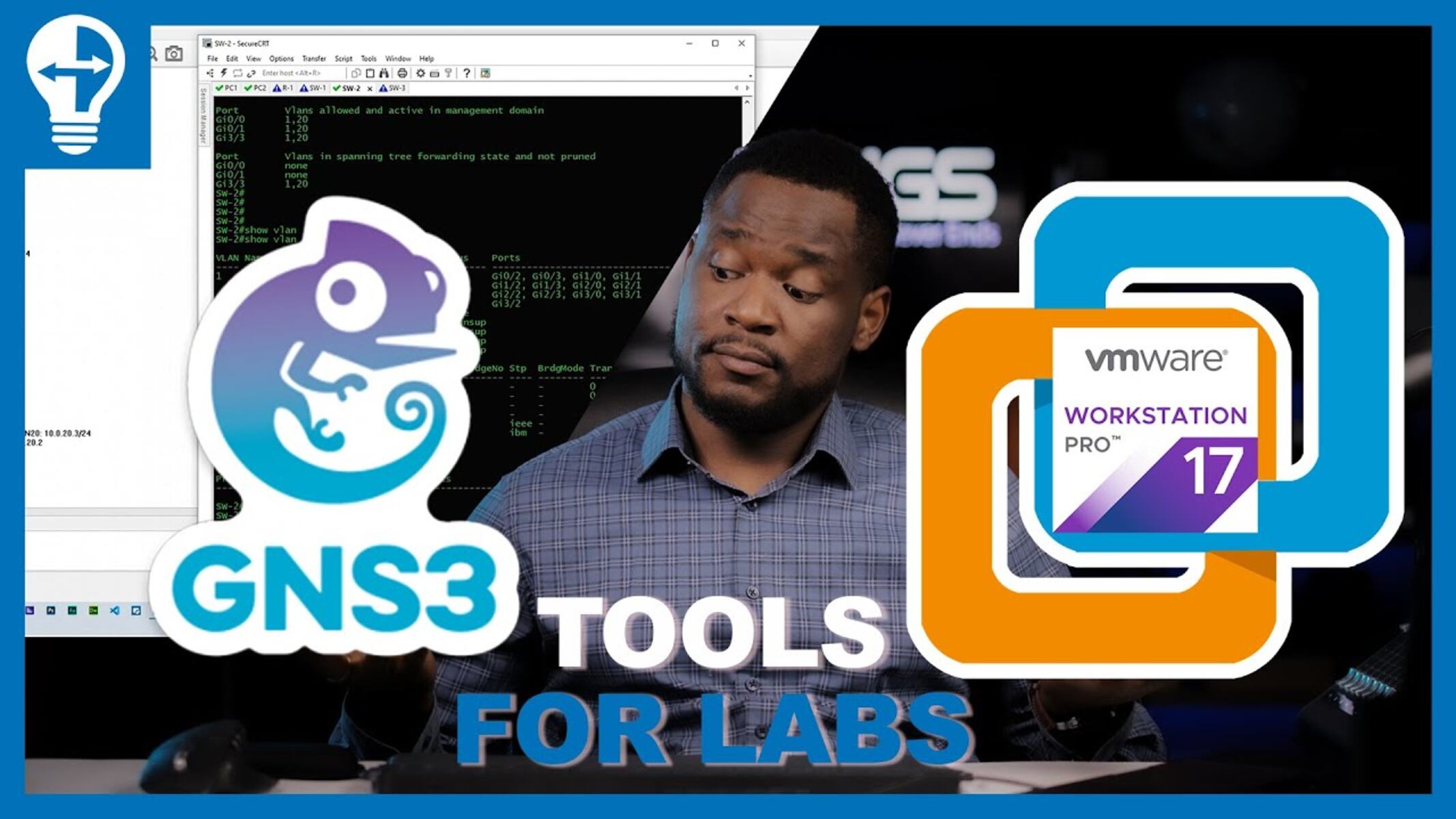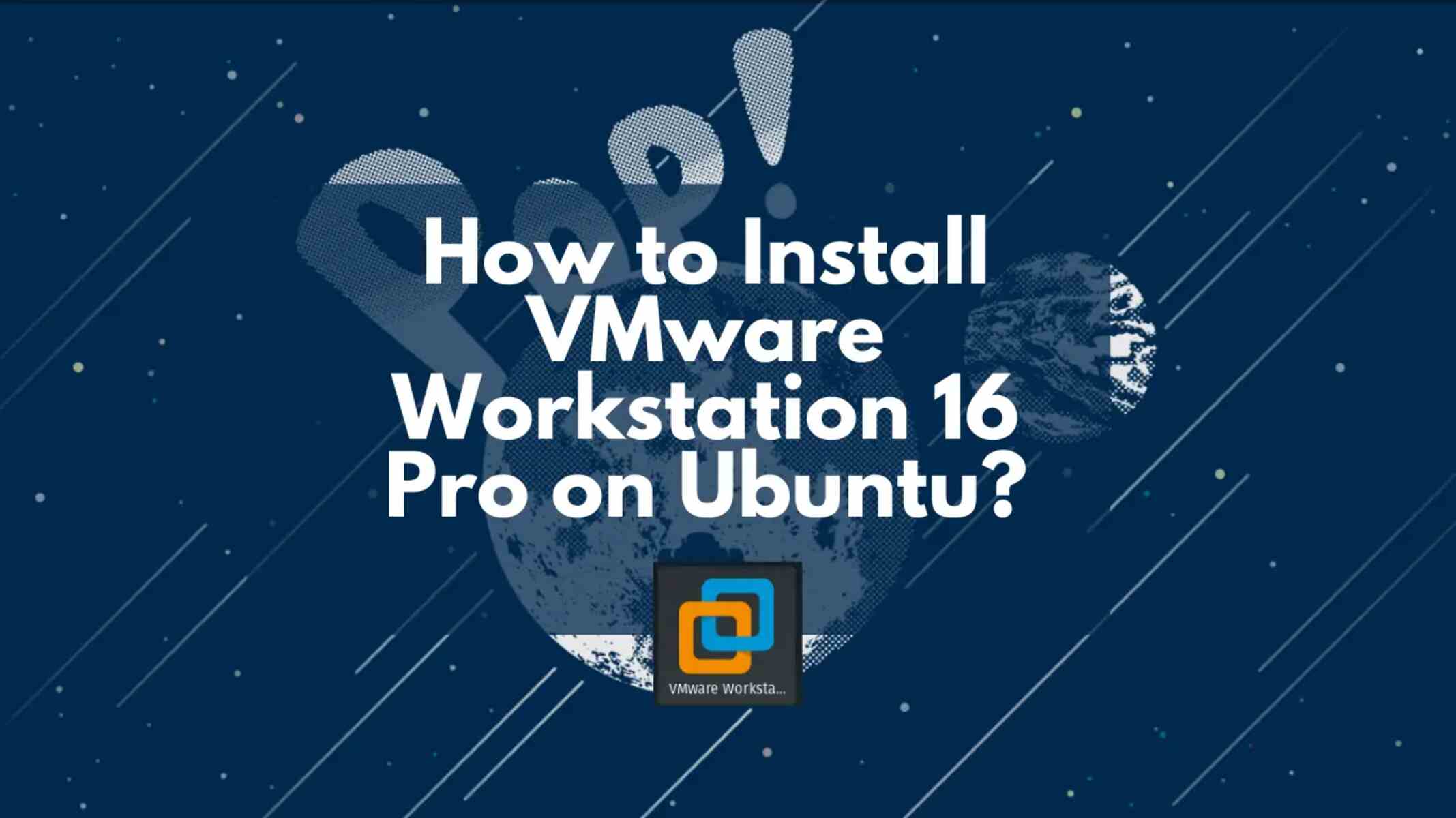Introduction
Welcome to this guide on how to use VHD in VMware Workstation. If you’re unfamiliar with VHD or VMware Workstation, don’t worry – we’ll cover all the essentials in this article. Whether you’re a beginner or an experienced user, this guide will help you understand the benefits of using VHD and how to set it up in VMware Workstation.
VHD, or Virtual Hard Disk, is a file format commonly used to store virtual machine disks. It allows you to create and manage virtual machines with ease. VMware Workstation, on the other hand, is a popular virtualization software that enables you to run multiple operating systems on a single computer.
By using VHD in VMware Workstation, you can take advantage of various benefits. Firstly, it provides an efficient way to manage and deploy virtual machines, enabling you to save time and resources. Secondly, VHD supports a wide range of operating systems and applications, allowing you to experiment with different configurations without affecting your physical machine. Finally, it provides a portable and scalable solution, making it easier to share and collaborate on virtual machine environments.
In this guide, I will walk you through the steps to use VHD in VMware Workstation, from downloading and installing VMware Workstation to configuring the virtual machine settings. I will also provide troubleshooting tips for common issues you may encounter along the way.
Whether you’re a developer, an IT professional, or a tech enthusiast, understanding how to use VHD in VMware Workstation can be invaluable. It allows you to create isolated environments for testing, development, or even gaming. With this knowledge, you can explore new operating systems, experiment with software, and enhance your productivity.
So, without further ado, let’s dive into the world of VHD and VMware Workstation and discover the power of virtualization.
What is VHD?
VHD, or Virtual Hard Disk, is a file format that is commonly used to store virtual machine disks. It acts as a container for the virtual machine’s operating system, applications, and data. Think of it as a virtual hard drive that resides on your physical computer’s storage but is isolated and independent from the host system.
One of the primary advantages of using VHD is its ability to create virtual machines that can run on different operating systems. This means that you can have a Windows-based virtual machine running on a macOS host or vice versa. VHD provides portability and flexibility, making it ideal for developers, IT professionals, and system administrators.
VHD files are structured in a way that simulates a physical hard disk drive. They contain one or more virtual hard disks, which are organized into logical partitions that can hold an operating system and its associated data. The virtual hard disks can be dynamically expanding, meaning they grow in size as data is added, or fixed-size, where the size is predefined and remains constant.
In addition to the virtual hard disks, VHD also includes metadata that describes the virtual machine’s configuration, such as the number of CPUs, amount of memory, network settings, and storage allocations. This metadata allows the virtual machine to be configured and managed within the virtualization software.
VHD is widely supported by various virtualization platforms, including VMware Workstation, Hyper-V, VirtualBox, and others. This makes it easy to transfer virtual machines between different environments, allowing for seamless migration and collaboration.
The VHD format has evolved over the years, with newer versions supporting features like differencing disks, snapshots, and encryption. These features enhance the functionality and security of virtual machines, providing more options for managing and protecting your virtual environments.
Overall, VHD is a crucial component in the world of virtualization. It enables the creation and management of virtual machines, allowing users to run multiple operating systems and applications on a single physical computer. With its portability and flexibility, VHD empowers users to explore new technologies, test software, and improve productivity in a virtualized environment.
Why Use VHD in VMware Workstation?
VMware Workstation is a popular virtualization software that provides a platform for running multiple operating systems simultaneously on a single physical computer. When combined with VHD, VMware Workstation offers a range of benefits and advantages.
Compatibility: VHD is a widely supported file format in the virtualization world, and VMware Workstation is no exception. By using VHD in VMware Workstation, you can easily import and run virtual machines created on other virtualization platforms, such as Hyper-V or VirtualBox. This compatibility makes it convenient to collaborate with others or migrate existing virtual machines.
Portability: VHD files are self-contained, meaning that all the necessary components of a virtual machine, including the operating system, applications, and data, are stored within the VHD file. This makes it easy to transport and share virtual machines. You can simply copy the VHD file to another computer running VMware Workstation, and it will be ready to run without any additional configuration.
Resource Efficiency: VMware Workstation allows you to allocate specific resources, such as CPU, memory, and disk space, to each virtual machine. By using VHD, you can optimize resource allocation and maximize the efficiency of your virtual machines. Additionally, VHD supports dynamically expanding disks, which means that the virtual hard disk will only consume physical storage space when needed, saving valuable disk space on your host computer.
Isolation and Security: Using VHD in VMware Workstation provides a level of isolation and security for your virtual machines. Each virtual machine operates independently and is isolated from the host operating system. This isolation prevents any potential conflicts or interference between the virtual machine and the host system, ensuring a stable and secure environment for testing, development, or running untrusted applications.
Snapshot and Rollback: VMware Workstation offers snapshot functionality, allowing you to capture the current state of a virtual machine and revert back to that snapshot at any time. When using VHD, you can easily take snapshots of your virtual machines to create restore points. This feature is particularly useful when testing software or making configuration changes, as it enables you to revert back to a stable state if something goes wrong.
Flexibility: VHD in VMware Workstation provides the flexibility to experiment with different operating systems, software configurations, and network setups. You can create multiple virtual machines with different VHDs, allowing you to test compatibility, perform software evaluations, or simulate complex network environments without impacting your physical computer.
Overall, utilizing VHD in VMware Workstation enhances the capabilities of the virtualization software, offering compatibility, portability, resource efficiency, isolation, security, and flexibility. Whether you’re a developer, IT professional, or enthusiast, using VHD in VMware Workstation opens up a world of possibilities for running and managing virtual machines on your physical computer.
Step 1: Download and Install VMware Workstation
The first step in using VHD in VMware Workstation is to download and install the VMware Workstation software. Follow these guidelines to get started:
- Go to the official VMware website and navigate to the “Downloads” section.
- Select the appropriate version of VMware Workstation for your operating system. Make sure to choose the latest stable release for optimal performance and compatibility.
- Begin the download process by clicking on the download button.
- Once the download is complete, locate the installation file and double-click on it to initiate the installation process.
- Follow the on-screen instructions provided by the VMware Workstation installer. Review the license agreement, choose the installation directory and select any additional options that you require.
- Click on the “Install” button to start the installation process. Depending on your system’s specifications, this process may take a few minutes.
- Once the installation is complete, click “Finish” to exit the installer.
- At this point, you will need to activate VMware Workstation using the license key provided by VMware. Follow the prompts to enter the license key and activate the software.
- After the activation process is complete, launch VMware Workstation to ensure that it is installed and running correctly. You can find VMware Workstation in your list of installed applications or by using the search feature on your operating system.
- That’s it! You have successfully downloaded and installed VMware Workstation on your computer, making it ready for the next steps in using VHD.
By completing this step, you have set the foundation for running virtual machines with VHD in VMware Workstation. Now you can move on to creating a new virtual machine and configuring it to use the VHD disk option.
Remember to keep the installation file and license key in a safe place, as you may need them for future installations or upgrades.
Step 2: Create a New Virtual Machine
Now that you have VMware Workstation installed on your computer, it’s time to create a new virtual machine that will utilize the VHD disk. Follow these steps to get started:
- Launch VMware Workstation by locating it in your list of installed applications or using the search feature on your operating system.
- In the VMware Workstation Home tab, click on the “Create a New Virtual Machine” option. Alternatively, you can go to the “File” menu and select “New Virtual Machine”.
- The New Virtual Machine Wizard will appear, presenting you with two options for creating a virtual machine – Typical or Custom. For most scenarios, it’s recommended to choose the “Typical” option.
- Next, select the installation media. Choose the option that suits your needs – whether it’s installing an operating system from a disc, an ISO image, or a network installation. If you’re not ready to install an operating system yet, select the “I will install the operating system later” option.
- Specify the operating system you will be using in the virtual machine. Select the appropriate version and architecture from the drop-down list. If your operating system is not listed, choose the closest match.
- Provide a name for your virtual machine and choose the location where it will be stored on your computer’s hard drive. Select a location with ample disk space, as virtual machines can consume a significant amount of storage.
- Configure the amount of memory to allocate to the virtual machine. Consider the requirements of your operating system and the applications you plan to run. Assign an appropriate amount of memory to ensure optimal performance.
- Choose the network type that best suits your needs. VMware Workstation offers various network options, including NAT, Bridged, and Host-only. The network type will determine how your virtual machine interacts with the network.
- Next, select the I/O controller type. By default, VMware Workstation will choose the recommended option based on the selected operating system. You can proceed with the default or choose a different controller type if required.
- Now, it’s time to add the VHD disk to the virtual machine. Select the “Use an Existing Virtual Disk” option and browse to the location of your VHD file. Select the appropriate VHD file and click “Next”.
- In the final step, review the virtual machine settings you have configured. Make any necessary adjustments and click on the “Finish” button to create the virtual machine.
Congratulations! You have successfully created a new virtual machine in VMware Workstation that will utilize the VHD disk. At this point, you can proceed to the next step to configure the virtual machine settings or choose to install the operating system on the virtual machine if you selected that option during the setup process.
Creating a virtual machine provides you with a sandboxed environment to run different operating systems and test software without impacting your host system. It’s a great way to explore new technologies, perform software evaluations, or develop and test applications in a controlled environment.
Step 3: Select the VHD Disk Option
Once you have created a new virtual machine in VMware Workstation, the next step is to select the VHD disk option for the virtual machine. Here’s how you can do it:
- Select the newly created virtual machine in the VMware Workstation interface, either from the library or in the virtual machine list.
- In the virtual machine settings, navigate to the “Hardware” tab. Here, you will find a list of available hardware devices for the virtual machine.
- Click on the “Add” button to add a new hardware device to the virtual machine.
- In the “New Virtual Hardware” wizard, select “Hard Disk” and click “Next” to continue.
- Choose the option to use an existing disk and click “Next”.
- Browse to the location of the VHD file that you want to attach to the virtual machine. Select the VHD file and click “Finish” to complete the process.
- The VHD disk will now be added to the virtual machine’s hardware configuration.
- Optionally, you can customize the VHD disk settings by adjusting the disk capacity, provisioning type (dynamically expanding or fixed), and other options based on your requirements. Click “OK” to save the changes.
By selecting the VHD disk option for your virtual machine, you are effectively attaching the VHD file to the virtual machine’s storage configuration. This allows the virtual machine to access and utilize the contents of the VHD file, including the operating system, applications, and data.
Using VHD in VMware Workstation provides the flexibility to choose different VHD files based on your needs. You can have separate VHDs for different projects, operating systems, or specific configurations. This allows you to maintain a clean and organized virtual machine environment.
Remember to consider the storage capacity and performance requirements when selecting and configuring the VHD disk for your virtual machine. Adjusting the disk capacity and provisioning type can help optimize the performance and storage usage of the virtual machine.
Now that you have attached the VHD disk to the virtual machine, you can proceed to the next step to configure the remaining virtual machine settings and start the virtual machine.
Step 4: Configure Virtual Machine Settings
After selecting the VHD disk option for your virtual machine in VMware Workstation, the next step is to configure the virtual machine settings to optimize its performance and ensure it meets your specific requirements. Follow these steps to configure the virtual machine settings:
- Open VMware Workstation and select the virtual machine you want to configure from the library or virtual machine list.
- In the virtual machine settings, you will find various tabs representing different aspects of the virtual machine configuration, such as hardware, options, and advanced settings.
- Start by reviewing and adjusting the hardware settings to allocate CPU, memory, and other resources to the virtual machine. Depending on your needs, you may want to increase or decrease the allocated resources.
- Next, navigate to the “Options” tab and explore the different settings available. Here, you can customize options related to power management, display, input, and shared folders. Adjust these settings based on your preferences and the requirements of your virtual machine.
- Consider enabling features like USB support, virtual display scaling, or drag-and-drop functionality, depending on your specific needs.
- If you have networking requirements for your virtual machine, such as specific IP addresses or network configurations, navigate to the “Network” settings and configure them accordingly. Choose the appropriate network adapter type and set up network connectivity options to meet your specific needs.
- Explore the other tabs in the virtual machine settings to access additional configuration options. For more advanced users, the “Advanced” tab provides options to fine-tune the virtual machine’s behavior, such as CPU, memory, and power management settings.
- Make sure to save any changes you make to the virtual machine settings by clicking on the “OK” or “Apply” button.
Configuring the virtual machine settings in VMware Workstation allows you to tailor the virtual machine environment to your needs. It is important to allocate the appropriate resources and adjust the settings based on the requirements of the guest operating system and applications you plan to run.
By customizing settings such as CPU, memory, networking, and advanced options, you can improve performance, enhance functionality, and ensure compatibility with your desired virtual machine environment.
Once you have completed the configuration of the virtual machine settings, you are ready to move on to the next step and start the virtual machine. Remember to save any changes made and double-check the settings to ensure they are accurate before moving forward.
Step 5: Start the Virtual Machine
Now that you have configured the necessary settings for your virtual machine in VMware Workstation, it’s time to start the virtual machine and begin using it. Follow these steps to start the virtual machine:
- Select the virtual machine you want to start from the library or virtual machine list in VMware Workstation.
- Click on the “Power On” or “Start” button to initiate the boot process of the virtual machine.
- The virtual machine will go through the startup sequence, just like a physical computer. You will see the guest operating system’s boot screen and its corresponding loading process.
- Depending on the guest operating system and the virtual machine’s configuration, it may take a few moments for the virtual machine to fully boot and become accessible.
- Once the virtual machine has successfully started, you will be presented with the guest operating system’s desktop or login screen.
- Enter the necessary login credentials if prompted to do so.
- Now, you can start using the virtual machine just like you would with a physical computer. Install applications, run software, browse the internet, or perform any other tasks within the virtual machine environment.
- To interact with the virtual machine, simply use your mouse, keyboard, and other input devices as you would on a physical computer. VMware Workstation provides seamless integration between the virtual machine and the host system, allowing you to switch between them effortlessly.
Starting the virtual machine allows you to utilize the VHD disk and experience the guest operating system within the virtual environment. You can perform various tasks, test software, and simulate different configurations without affecting your host system.
Remember to save any work or changes made within the virtual machine environment just as you would with a physical computer. Virtual machines can be suspended, powered off, or restarted depending on your needs, providing flexibility and convenience.
Now that you have successfully started the virtual machine, you can proceed with your intended tasks or further customize the virtual machine’s settings to enhance your virtualization experience.
Step 6: Troubleshooting Common Issues
While using VHD in VMware Workstation offers many benefits, you may encounter some common issues along the way. Here are some troubleshooting tips to help you overcome these issues:
- Virtual Machine Not Starting: If the virtual machine fails to start or gets stuck during the boot process, check the virtual machine’s settings to ensure the correct hardware configuration. Make sure the VHD disk is properly attached, and verify that there are no conflicts with other virtual machine settings.
- Performance Issues: If you experience slow performance or lag within the virtual machine, check the resource allocation. Ensure that the virtual machine has sufficient CPU, memory, and disk resources allocated. If necessary, adjust the settings to increase the resource allocation.
- Networking Problems: If your virtual machine is experiencing network connectivity issues, make sure the correct network adapter is selected in the virtual machine settings. Ensure that the virtual machine has network connectivity, either through NAT, bridged, or host-only networking, depending on your requirements.
- Compatibility Errors: If you encounter compatibility errors when attempting to start the virtual machine, ensure that the VHD file is compatible with the version of VMware Workstation you are using. Sometimes, VHD files created on other virtualization platforms may need to be converted to a compatible format.
- Insufficient Disk Space: If you receive an error indicating insufficient disk space, check the storage capacity of your host computer and make sure you have enough space to accommodate the virtual machine and associated VHD files. Consider resizing or deleting unused virtual machines or freeing up disk space on the host computer.
- Integration Issues: If you are experiencing issues with file sharing or integration features between the virtual machine and the host system, ensure that VMware Tools is installed and up to date in the virtual machine. VMware Tools enhances the integration and functionality of the virtual machine within the VMware Workstation environment.
If you encounter a specific issue not covered in this guide, consult the VMware documentation, knowledge base, or community forums for further assistance. The VMware community is a valuable resource for troubleshooting and finding solutions to specific issues related to VHD and VMware Workstation.
Remember to keep your software and virtual machine environment updated with the latest patches and updates, as they often include bug fixes and improvements that may address common issues.
By familiarizing yourself with these troubleshooting tips, you can overcome common issues that may arise when using VHD in VMware Workstation, ensuring a smooth and efficient virtualization experience.
Conclusion
Congratulations! You have reached the end of this guide on how to use VHD in VMware Workstation. By following the steps outlined in this guide, you have learned how to download and install VMware Workstation, create a new virtual machine, select the VHD disk option, configure virtual machine settings, start the virtual machine, and troubleshoot common issues that may arise.
Using VHD in VMware Workstation offers numerous advantages, including compatibility with multiple virtualization platforms, portability, resource efficiency, isolation and security, and flexibility. It allows you to create and manage virtual machines with ease, run different operating systems and applications, and experiment with various configurations without impacting your host system.
Remember to regularly update VMware Workstation and your virtual machines to ensure optimal performance and security. Additionally, backing up your VHD files and critical virtual machine data is essential to protect against data loss or system failures.
As you continue to explore and use VHD in VMware Workstation, you will discover even more possibilities for utilizing virtualization to enhance your productivity, streamline development and testing processes, and create isolated environments for experimentation.
Feel free to revisit this guide or refer to the VMware documentation and community resources for further information and support. VMware Workstation offers a wealth of features and options to customize your virtual machine environment, so don’t hesitate to dive deeper into its functionality.
Now that you have a solid understanding of how to leverage VHD in VMware Workstation, you are well-equipped to embark on your virtualization journey. Enjoy exploring new operating systems, testing software, and unleashing the power of virtualization!









